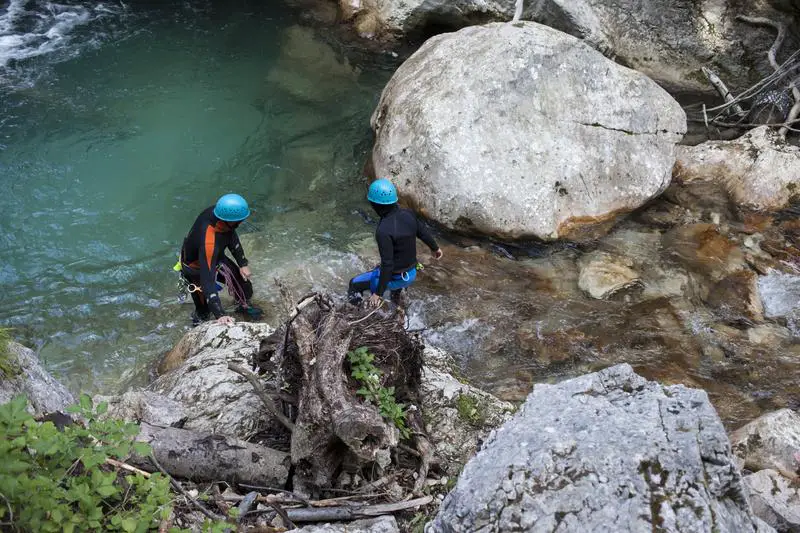A teenage girl, Moe Sa Nay, with a significant TikTok following of 150,000, tragically died on July 22, 2024, while taking selfies at Sinywa Waterfall in Paung, Mon State, Myanmar. Nay, 14, slipped on the wet rocks and was caught in a swift current.
Nay was taking pictures with friends when the accident happened. She was swept downstream and got lodged between two large boulders, where she subsequently drowned. Despite witnessing the incident, her friends couldn’t rescue her due to the powerful water flow.
Emergency services were rapidly deployed, but it took until the next day to recover her body from the rocks. Video footage revealed volunteers and firefighters struggling to extricate Nay’s body from the narrow space, using ropes tied to her hands. Mon Zaw, a rescue worker, said Nay died because she couldn’t free herself despite rescue attempts from aid organizations and officials. Another friend who also fell into the water was rescued with minor injuries.
Following the accident, Nay’s body was transported to Paung Township General Hospital for an autopsy. Her friend, who was also involved in the accident but escaped with minor injuries, was lucky to survive. This tragic incident underscores the potential dangers of the global selfie trend, especially among the youth.
The Sinywa incident isn’t the first of its kind. In 2019, two 19-year-old women similarly died while taking photos at Taw Naw Waterfall in Kayin, southeast Myanmar. As per media reports, the women were photographing at the waterfall’s peak when they fell nearly 197 feet to their deaths.
An investigation by the University of New South Wales in Australia discovered that selfie-taking has evolved into a significant public health issue. The study analyzed global incidents and found that almost 400 deaths over a 13-year period were attributed to accidents related to selfies. Most victims were young female tourists in their early twenties, with falls and drownings being the primary causes of death.
Dr. Samuel Cornell, a risk analysis specialist who contributed to the study, stated that selfie-related accidents should be recognized as a public health concern requiring a public health response. He pointed out that the prevention of such incidents has not been sufficiently addressed through behavioral modifications or direct user communication via apps.
The research suggested that current risk mitigation methods such as “no selfie zones,” physical barriers, and signage are inadequate in preventing accidents. The study stressed the importance of delivering safety messages directly to social media users to raise awareness about the risks of taking selfies in perilous locations.
“It’s an unhealthy extension of our celebrity culture and social media pressures,” NYU Langone’s Fox News medical contributor Dr. Marc Siegel said, despite not being involved in the study.
Aside from the physical dangers, selfies also pose psychological risks. The pressure to attain the perfect shot can prompt risky behavior and a disconnection from reality. The study recommended that social media platforms introduce software to alert users of hazards when they attempt to take selfies in dangerous locations.
As social media continues to influence the lives of the younger generation, educating them about potential dangers and promoting safe practices is vital to avert future tragedies.


